Bottom line: The U.S. must support a capital increase for IDB Invest, the private sector arm of the Inter-American Development Bank. It is a no-brainer to retain and grow our country’s influence in the Western Hemisphere and counter China.
Since 2001, China has built 15 ports, primarily in Brazil and Mexico. Since 2006, China has invested in 94 projects totaling around $66 billion across 13 countries: Argentina, Bolivia, Brazil, Chile, Cuba, the Dominican Republic, Ecuador, Guyana, Honduras, Mexico, Panama, Peru, and Trinidad and Tobago. Across all sectors, China has spent a total of $193 billion since 2000 on 633 projects spanning 28 countries. We cannot allow this to continue.
Even Argentina, under the leadership of President Javier Milei, who took a hard stance against China coming into office, is having a hard time untangling the country’s economic dependence on China. In order to counter China in the hemisphere, the U.S. needs to offer more alternatives and we need to mobilize the private sector. In the words of Peruvian Foreign Minister Javier González-Olaechea in a recent WSJ article, “The United States is present almost everywhere in the world with a lot of initiatives, but not so much in Latin America. It’s like a very important friend who spends little time with us.”
In addition to offering more, we need to help our allies keep Chinese investment and development at bay. One way to do that is through the Inter-American Development Bank.
Why the United States should support the increase
- There is a significant cost to inaction. If the United States does not step up, China will significantly increase its ownership stake and usurp the influence that the United States currently enjoys. If we let this happen, U.S. leaders will be watching China manage the negotiations among member countries, instead of orchestrating those initiatives ourselves. Key personnel will come from China. At the IDB Annual Meetings in March 2024, and at the initiation of the United States with the support of member countries, the Board of Directors approved a $3.5 billion capital increase for IDB Invest over 7 years. The United States’ pro rata share of the increase is approximately $75 million per year for 7 years. If this does not get funded by the U.S., China can come in and take our share. This already happened once in 2015 when the U.S. didn’t take its pro rata share of the capital increase.
| Country | Before 2015 increase | After 2015 increase | WORST CASE SCENARIO | |
| IDB Invest (Private Sector) | China | 0.2% | 4.8% | 12% |
| US | 23.0% | 15.1% | 8% | |
| Delta | 22.8% | 10.3% | (4%) |
- It will counteract Latin American regional dependency on China. The U.S. does not currently offer a substantial alternative to China’s buildout of the region in major infrastructure and energy projects (e.g., new port of Chancay in Peru, railroads in Brazil, Lima’s power grid, etc).
- The IDB does not have the same income restrictions as the DFC, enabling it to finance large infrastructure and energy projects. The U.S. Development Finance Corporation has an income restriction on upper middle-income countries (UMIC) or high-income countries (HIC), which is most of the hemisphere. Only 5 countries have no limitations at the DFC (Haiti, and a few others with limited prospects for bankable projects).
- The DFC is not lending to large energy or infrastructure projects as its core business. 68% of the DFC’s portfolio is lending to local financial institutions, with only 23% in infrastructure projects (a la China). The IDB can finance these projects, in USD or local currency (which is needed for most infrastructure projects).
- U.S. firms are not building major energy or infrastructure projects in Latin America, but the Chinese are. In 2023 alone, China financed a port in Brazil and seven energy initiatives valued at nearly 3.4 billion USD across Brazil, Guyana, Mexico, and Peru. The United States and its partners need to offer alternatives on the actual product and financing side.
- The Japanese, Koreans, and some European firms are dominant in these areas. Through increased collaboration and leadership at the IDB, we can strategically work together to make sure that the U.S. or our allies are building projects that are significant for the overall security of the hemisphere (such as energy, infrastructure, railroads, and port development).
- The IDB’s project structuring offers valuable benefits to projects, enabling more alternatives to Chinese development and financing:
- IDB’s technical assistance enables projects to be properly structured on US market terms. On Bogotá Metro Line 1, a U.S. Company was interested but ultimately backed out of the project because of the perceived risk of the contract structure. Bogotá Metro Line 1 is being developed by the Chinese (who don’t have the same risk considerations) as a result.
- IDB’s Public-Private partnership’s structuring ensures that quality (vs price alone) is the main selection criteria going forward. For example, on the Bogotá Metro, IDB worked with the government of Colombia to emphasize quality as the selection criteria for Line 2, which sources tell us resulted in a Chinese firm getting knocked out of the process, which is still ongoing.
- The U.S. would make the most of DFC money and influence by partnering with IDB Invest to facilitate projects in the region. The DFC has U.S. money to invest, but the IDB has the resources and technical expertise on the ground. These two institutions currently have a partnership with the IDB dating to 2019. After 5 years of working out the kinks and inertia to get two bureaucratic institutions to collaborate, they are finally collaborating.
- The U.S. would retain its de facto veto power as the largest shareholder, while also being able to bring in new shareholders (for example, partners such as Taiwan).
- The United States and U.S. companies benefit from the IDB (the public sector entity of the IDB).
- The net cost of the IDB to the United States Treasury is close to zero. We can only gain from investing additional funds in IDB Invest.
- Countries benefit from U.S. technology that solves challenges and facilitates private investment. There was some analysis done years ago indicating that China was receiving IBD contracts, but that practice has stopped as China receives very few awards. One example of a U.S.-backed project is IDB and Microsoft’s implementation of a digital platform that allows citizens in 10 countries to monitor public spending, helping to reduce corruption by increasing government transparency.

